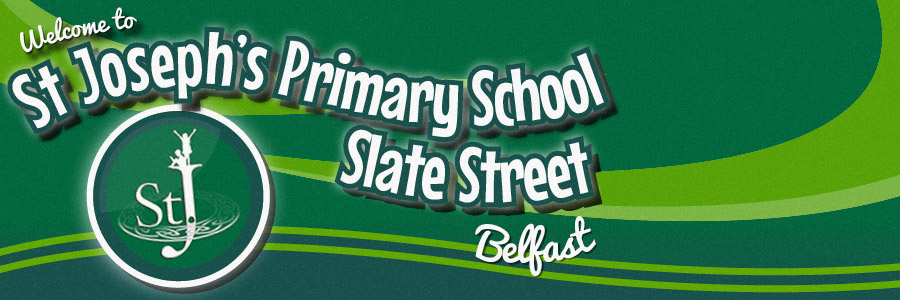Anti-Bullying Week Newsdesk Special
EATV and the Newsdesk Crew visited St Joseph's Primary School, Slate Street in Belfast to find out about how their school rules help encourage kindness and respect.
P7 pupil Sean asked children from P4 - P7 about their views on bullying and how their school respects and helps every child.
This 20 minute programme also features a message from Kid President and the ABW 2018 Respect song from the Odd Socks. If time is tight then scroll forward to 3 minutes for the start of our school content.
https://play.webvideocore.net/popplayer.php?it=b0wo3ndptr4k
What Is Bullying?
Bullying is unwanted, aggressive behaviour among school aged children that involves a real or perceived power imbalance. The behaviour is repeated, or has the potential to be repeated, over time. Both kids who are bullied and who bully others may have serious, lasting problems.
In order to be considered bullying, the behaviour must be aggressive and include:
An Imbalance of Power: Kids who bully use their power—such as physical strength, access to embarrassing information, or popularity—to control or harm others. Power imbalances can change over time and in different situations, even if they involve the same people.
Repetition: Bullying behaviours happen more than once or have the potential to happen more than once.
Bullying includes actions such as making threats, spreading rumours, attacking someone physically or verbally, and excluding someone from a group on purpose.
Types of Bullying - There are three types of bullying:
Verbal bullying is repeatedly saying or writing mean things. Verbal bullying includes:
Teasing
Name-calling
Inappropriate sexual comments
Taunting
Threatening to cause harm
Social bullying, sometimes referred to as relational bullying, involves hurting someone’s reputation or relationships. Social bullying includes:
Leaving someone out on purpose
Telling other children not to be friends with someone
Spreading rumours about someone
Embarrassing someone in public
Physical bullying involves hurting a person’s body or possessions. Physical bullying includes:
Hitting/kicking/pinching
Spitting
Tripping/pushing
Taking or breaking someone’s things
Making mean or rude hand gestures
Where and When Bullying Happens
Bullying can occur during or after school hours. While most reported bullying happens in the school building, a significant percentage also happens in places like on the playground or the bus. It can also happen travelling to or from school, in the youth’s neighbourhood, or on the Internet.
Our school has zero tolerance for bullying. We come to school to learn, to have fun and make friends. Our teachers are always on hand to listen to our children.
St Josephs Primary School, 1a Slate St, Cullingtree Road, Belfast BT12 4LD Phone: 028 9032 3683
 Menu
Menu


